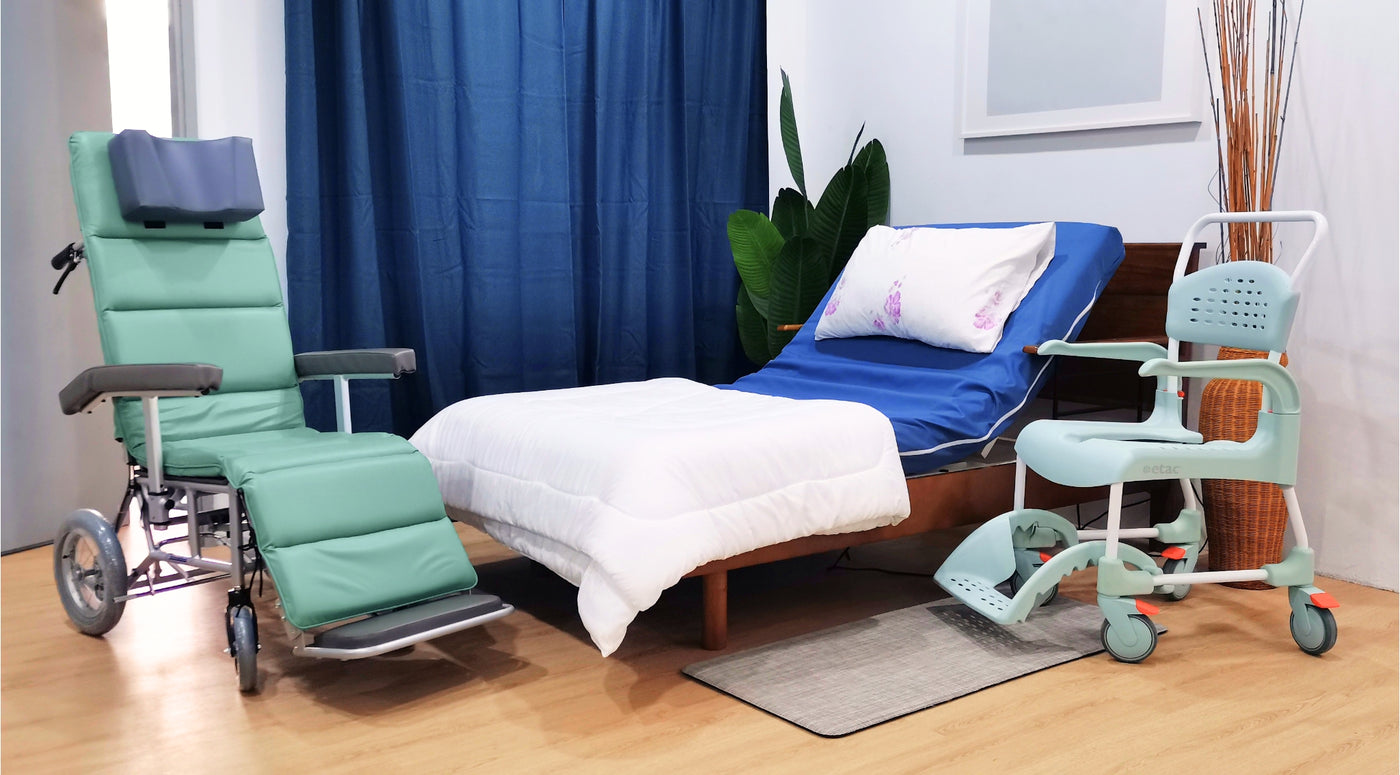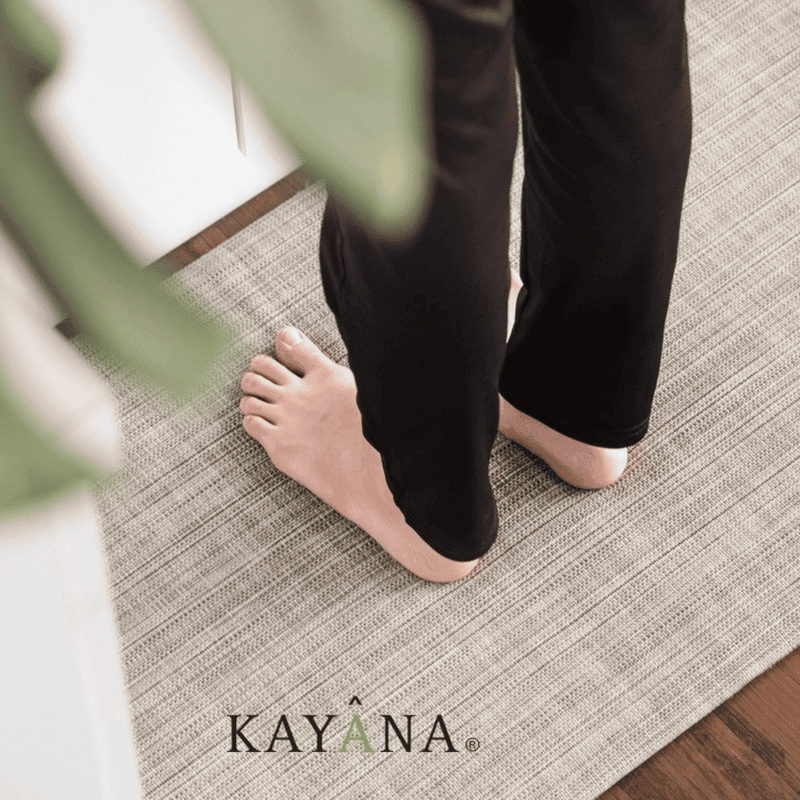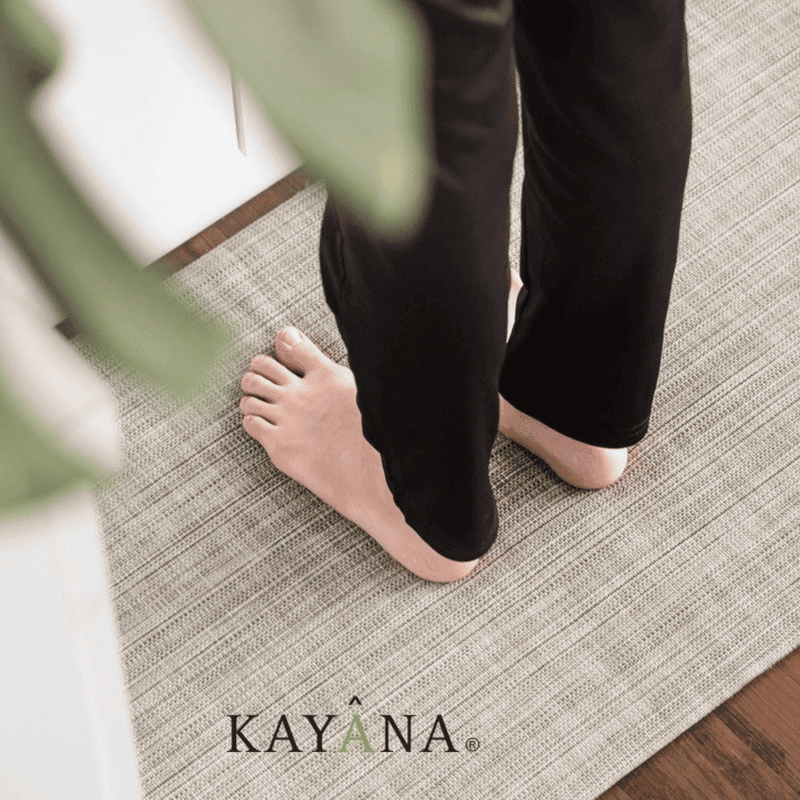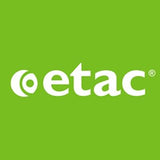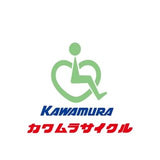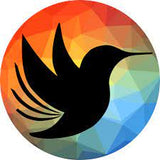Patient Handling Belt (Gait Belt) | EZ-GO
SKU ABEZ006
Original price
RM 398.00
Original price
RM 398.00
-
Original price
RM 458.00
Original price
RM 398.00
Current price
RM 249.00
RM 249.00
-
RM 359.00
Current price
RM 249.00
This patient handling belt has several vertical and horizontal handles to provide caregivers more flexibility to assist patients.
4 sets of handles provide caregivers with various ways to hold them to fit different shapes of patients.
Made of soft, padded materials with strong handles and patented eco PER anti-slip mesh on the back area, providing stronger, safer and easier patient handling.
Enabling caregivers to maintain good posture and thus reduce work-related injuries.
Can also be used as a chair restraint belt for fall prevention.
Patient handling belt enables caregivers to assist patients in.
- Sitting to standing
- Walking exercise
- Fall prevention
- Transferring from bed to chair
- 4 sets of handles to fit every user's need.
- Soft, padded materials with PER anti-slip mesh on the back area, providing stronger, safer and easier patient handling.
- Padded belt – can be used as a chair restraint belt for fall prevention.
- Size:
- M Size:EZ-900 / 107 cm x 15 cm (Waistline 26”-35”)(±3%)
- L Size:EZ-910 (big) / 130 cm × 15 cm (Waistline 35”-43”) (±3%)
- Weight:0.38 kg (EZ-900) (±5%);0.42 kg (EZ-910) (±5%)
(Belt with leg straps) - M Size:EZ-900B / 107 cm x 16 cm (Waistline 28”-35”) (±3%)
- L Size:EZ-910B (big) / 128 cm × 16 cm (Waistline 34”-43”) (±3%)
- Weight:0.61 kg (EZ-900B) (±5%);0.68 kg (EZ-910B) (±5%)
Caregivers can work in pairs or alone depending on the patient's condition.
Why need a patient transfer tool?
Patient-handling tasks are recognized as the primary cause of musculoskeletal disorders in the nursing workforce. Low Back Pain (LBP) is a regular occupational problem for nurses worldwide.
Patient‐handling tasks are typically performed manually and often repetitively and include such movements as lifting, transferring and repositioning patients.
The US Bureau of Labor Statistics shows that nursing personnel are among the highest at risk for MSDs (musculoskeletal disorders)
Patient‐handling tasks most frequently associated with low back pain include lifting and forced, sudden or strained movements (such as those involved in patient fall interventions).
Continuous or repeated performance of these activities throughout one’s working lifetime greatly increases the chances of developing MSDs.
Research regarding the impact of musculoskeletal injuries on nurses has shown the following:
Patient‐handling tasks are typically performed manually and often repetitively and include such movements as lifting, transferring and repositioning patients.
The US Bureau of Labor Statistics shows that nursing personnel are among the highest at risk for MSDs (musculoskeletal disorders)
Patient‐handling tasks most frequently associated with low back pain include lifting and forced, sudden or strained movements (such as those involved in patient fall interventions).
Continuous or repeated performance of these activities throughout one’s working lifetime greatly increases the chances of developing MSDs.
Research regarding the impact of musculoskeletal injuries on nurses has shown the following:
- 52% complain of chronic back pain
- 12% of nurses report that they have left nursing “for good” because of back pain
- 20% of RNs transferred to a different unit, position or employment because of lower back pain
- 38% of RNs have suffered occupational‐related back pain severe enough to require taking leave from work
- 6%, 8% and 11% of RNs reported changing jobs for neck, shoulder and back problems, respectively.
Features and Benefits
Product Specifications
Certification
Warranty






























